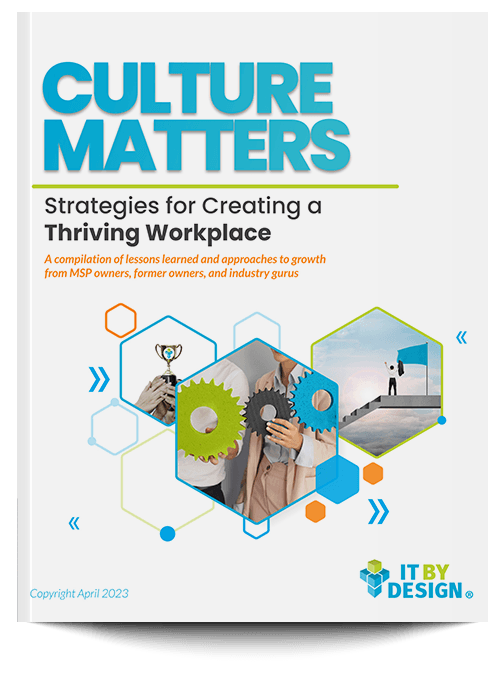Employee retention is always an important priority for successful managers. It’s especially important at times like now when low unemployment makes switching jobs easier—and more tempting—than usual. Indeed, fully 61% of U.S. workers are thinking about leaving their current position this year, according to a recent survey by LinkedIn.
And what’s the number one reason people leave a job? Data published in MIT Sloan Management Review last year suggests that “toxic corporate culture” is not only by far the strongest predictor of employee attrition but a whopping 10 times more predictive than compensation to boot.
By the same token, a supportive, enriching company culture is one of the most powerful ways to increase employee retention. Here are seven proven strategies for making your workplace culture stronger.
7 Strategies for Improving Employee Retention Through Culture
1. Invest in upskilling
According to research from technology workforce development company Pluralsight, 91% of people in technical roles want to hone their skills, and 48% have considered changing jobs due to a lack of upskilling opportunities. Yet the same study reveals that just 32% of tech companies set aside dedicated time for employee learning. Companies within that slim minority enjoy not only higher retention rates than their peers but the competitive advantage that comes with having a more capable, knowledgeable workforce.
2. Meet regularly
Speaking individually with employees on a regular basis demonstrates that you care about their success and welcome their input. Analysts at Gallup, in fact, advise managers to hold one 15- to 30-minute “meaningful conversation” about goals, customers, well-being, and recognition every week with everyone on their team. “We find this single habit develops high-performance relationships more than any other single leadership activity,” the company says.
The goals you discuss needn’t be solely work-related either. Joanna Mirov, of Chicago-based MSP MXOtech, typically devotes 80% of her employee meetings to professional matters but spends the other 20% offering advice on personal topics like saving up to buy a home or put a child through college. “It’s OK to talk about that as well with people,” she notes.
3. Embrace hybrid work
Allowing people to split time between home and office is increasingly less a perk than an expectation among tech workers, and especially younger ones. Gallup research, in fact, shows a troubling 2% decrease in employee engagement and 2% increase in active disengagement among U.S. workers overall last year, but an even bigger swing among employees in “remote-ready” jobs who work exclusively onsite. “This group saw a decline of five points in engagement and an increase of seven points in active disengagement,” Gallup writes. Giving people the flexibility to work remotely is a critical tool for steering clear of that trend.
4. Keep remote workers close
Contrary to popular belief, letting employees spend part of their week at home doesn’t weaken cultural ties. To the contrary, according to Gallup so-called “hybrid” workers report closer ties to their company’s culture than those who work fully onsite.
That said, disengagement rose 4% last year among exclusively remote staff, Gallup adds, suggesting that in-person contact with managers and co-workers remains an important contributor to job satisfaction. Businesses with people who work entirely offsite should compensate for the resulting loss of day-to-day face time by bringing employees together at company meetings and social events frequently.
5. Show appreciation
Just because you know how valuable employees are to your company doesn’t mean they do too. Two-thirds of employed Americans, in fact, don’t feel consistently appreciated at work, according to workplace recognition and rewards vendor Blueboard. Expressing gratitude and appreciation to your team, both individually and in front of colleagues, is a potent way to boost employee morale. Encouraging workers to show appreciation for each other, moreover, further shows people their hard work matters.
6. Listen up
Soliciting employee feedback on company decision-making tells employees they matter in a different but equally important way. “A lot of our strategy is around listening,” says Kathleen Pai, executive vice president and chief people officer at managed services software maker N-able. “That means everyone has a voice.”
7. Hire slow, fire fast
Hiring only people who share your company’s values and work well with others takes extra time but pays off in the long run. “If you’re hiring the wrong people, you will experience attrition,” Pai warns. Conversely, retaining employees who don’t share your values and make everyone around them miserable will have a similarly damaging effect.
Of course, times change and so do employee needs and preferences. An open mind and watchful eye on what works and what doesn’t is arguably the most important strategy of all for sustaining a culture that strengthens workforce loyalty.
For more content like this, be sure to follow IT By Design on LinkedIn and YouTube.








